TCM Summer Under the Stars: Day Nineteen — Dolores del Rio

One of the most beautiful things in the world.
She was beautiful. She was elegant. She was sophisticated.
She was Dolores del Rio.
IN THE BEGINNING:
Dolores del Rio was born María de los Dolores Asúnsolo López-Negrete on August 3, 1904, in Durango, Mexico. Her family was part of the local aristocracy; her paternal grandfather was director of the Bank of Durango, and her maternal grandparents were among the richest families in the country. Her family’s wealth was lost during the Mexican Revolution; her father escaped to the United States, and Dolores and her mother fled to Mexico City, dressed as peasants. The family was reunited in Mexico City, and Maria enrolled in a college operated by French nuns. After seeing a performance of famed ballerina Anna Pavlova, Dolores decided to become a dancer.

Young Dolores.
At the age of 17, Maria met Jaime del Rio Vinent, an attorney who was 18 years her senior, and married him after a whirlwind courtship. After a two-year honeymoon in Europe, the couple settled in Mexico City. A few years later, while visiting Mexico for the wedding of Bert Lytell and Claire Windsor, American filmmaker Edwin Carewe saw Dolores dance at a dinner party given by a local artist. Carewe, a director at First National Studio, convinced Dolores that he could make her a star, and he put her under personal contract. Credited as Dolores Del Rio, her first film was Joanna (1925), followed by High Steppers (1926). In both, which were directed by Carewe, Del Rio’s footage ended mostly on the cutting room floor. But she fared better with her next two films, Pals First (1926), again directed by Carewe, and The Whole Town’s Talking (1926), helmed by Raoul Walsh.
OTHER STUFF:

She had a tumultuous relationship with Orson Welles.
- Del Rio was married for 10 years to MGM set designer Cedric Gibbons. Her marriage ended after she became involved with actor-director Orson Welles, according to Welles biographer Barbara Leaming.
- While involved with Welles, Del Rio appeared in his film, Journey Into Fear (1943). After this film, her relationship with Welles ended. She left Hollywood and returned to Mexico, where she continued her film career, becoming one of the most important stars of the Golden Age of Mexican cinema.
- In 1954 del Rio was supposed to appear in the 20th Century Fox western Broken Lance, but the U.S. government accused her of being sympathetic to international Communism and refused to allow her to work in the United States. She was replaced by Katy Jurado.
- An advocate of the arts, del Rio was the first woman selected to sit on the Cannes Film Festival jury.
- Author George Bernard Shaw once said that the two most beautiful things in the world were the Taj Mahal and Dolores Del Rio.
MY SUTS PICK:

Check out Cheyenne Autumn.
I’ve only seen one Dolores del Rio film, Journey Into Fear (1943), but I have to be honest and share that (1) I wasn’t all that fond of the picture, and (2) I have no recollection of Dolores del Rio being in it! So I’m going out on a limb. In keeping with my current obsession with westerns, I’m going to recommend del Rio’s last film of the day, Cheyenne Autumn (1964). According to the TCM website, the film is about a reluctant Calvary Captain who is tracking a defiant tribe of migrating Cheyennes. All I know is that it stars two of my favorite actors – Richard Widmark and Karl Malden – and it’s directed by John Ford. So it’s gotta be good, right? Let’s find out together!
And join me for Day 20 of Summer Under the Stars!


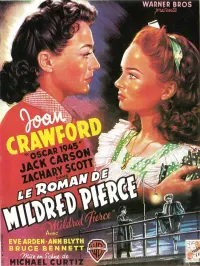


















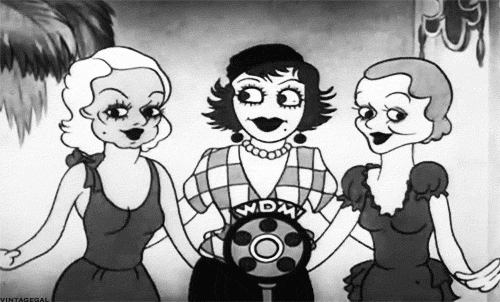


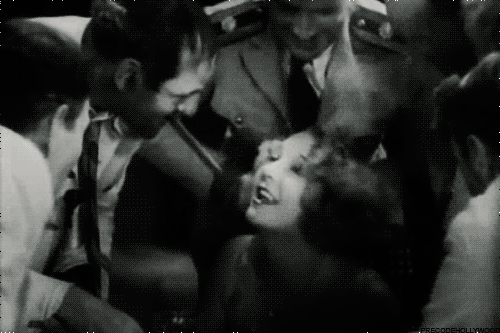


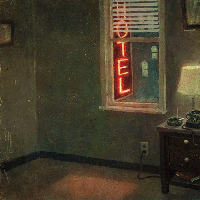
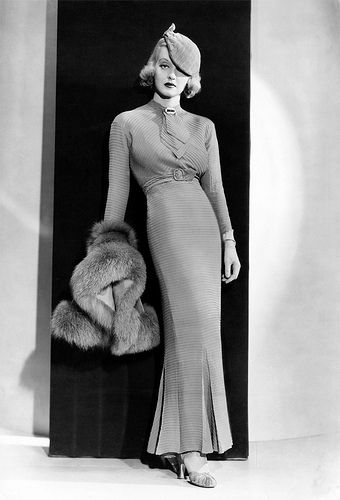



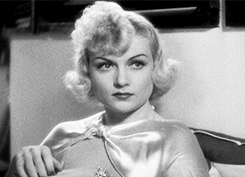
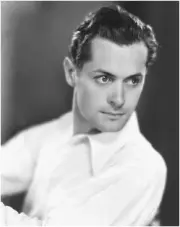
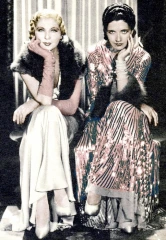





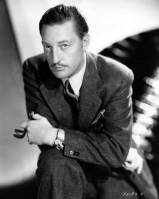




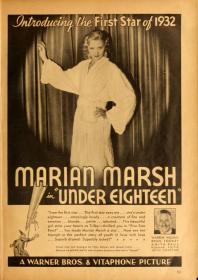
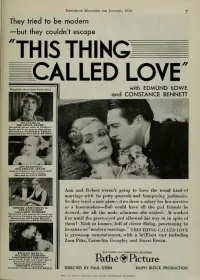

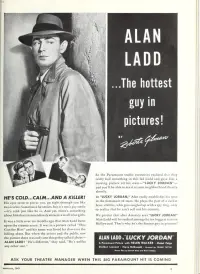


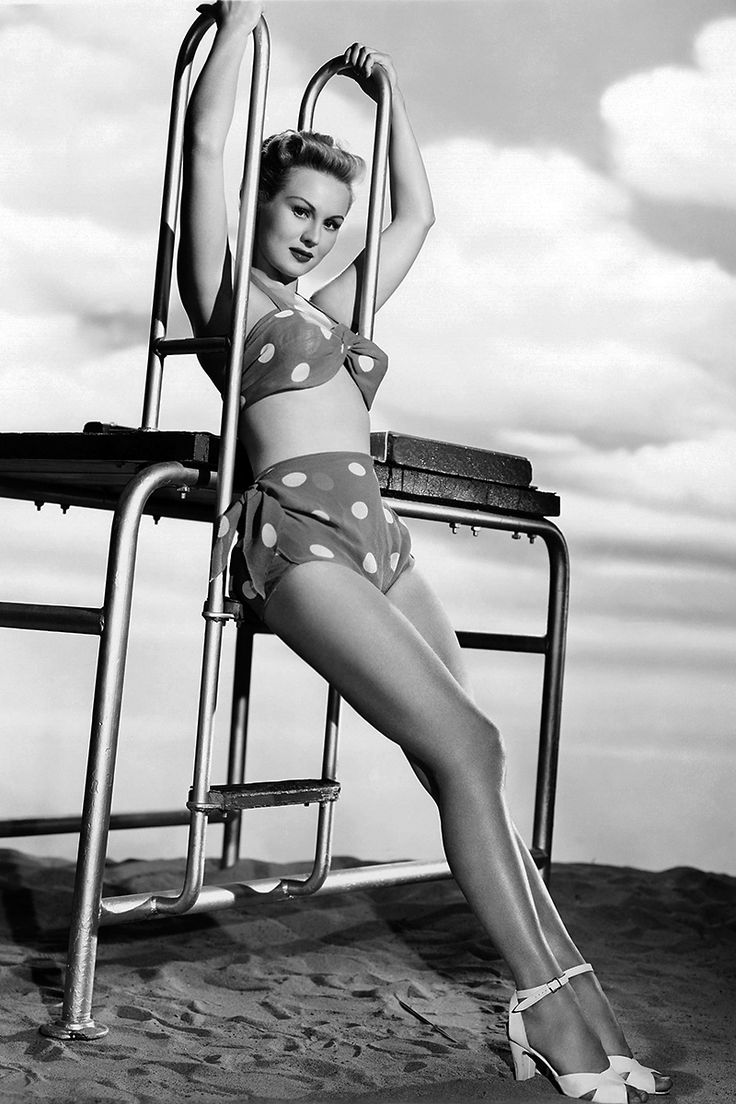







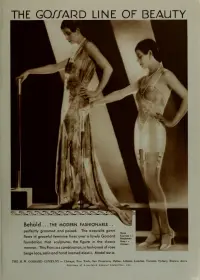

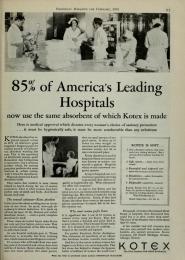

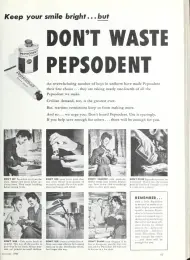


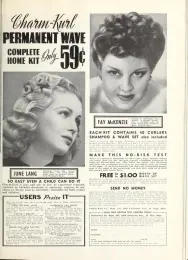















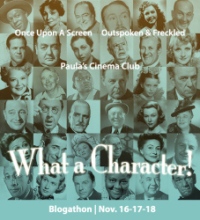
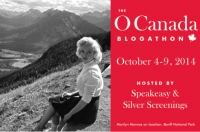


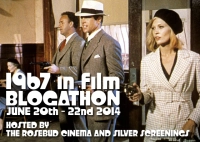


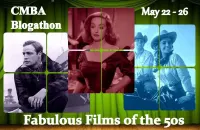
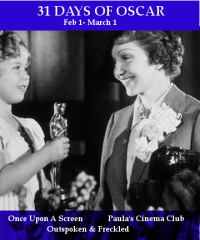








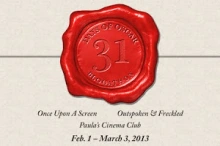




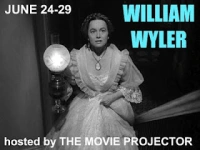





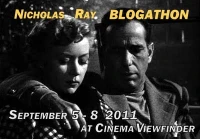

Let me know when you have seen Cheyenne Autumn and I will share what Richard Widmark shared in an interview with Elwy Yost on Saturday Night at the Movies (a revered program on Ontario public television).
Ugh – I didn’t see Cheyenne Autumn when it aired, and it doesn’t appear to be on On Demand, for some reason. I will hunt for it on YouTube . . .
[…] Day 19: Dolores del Rio […]